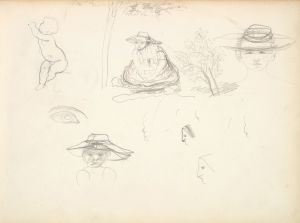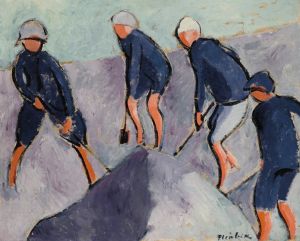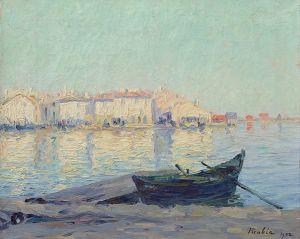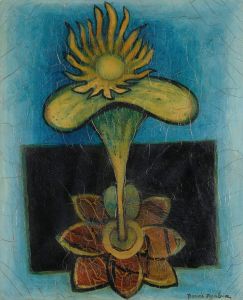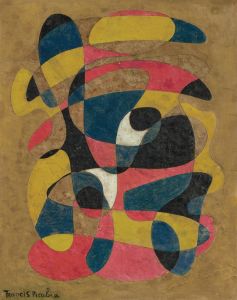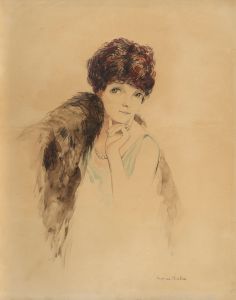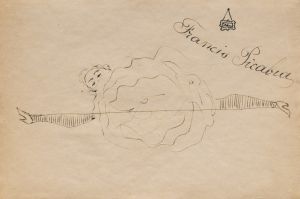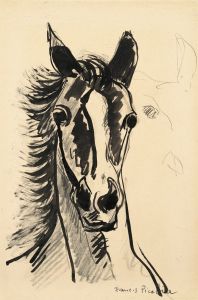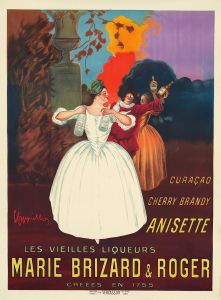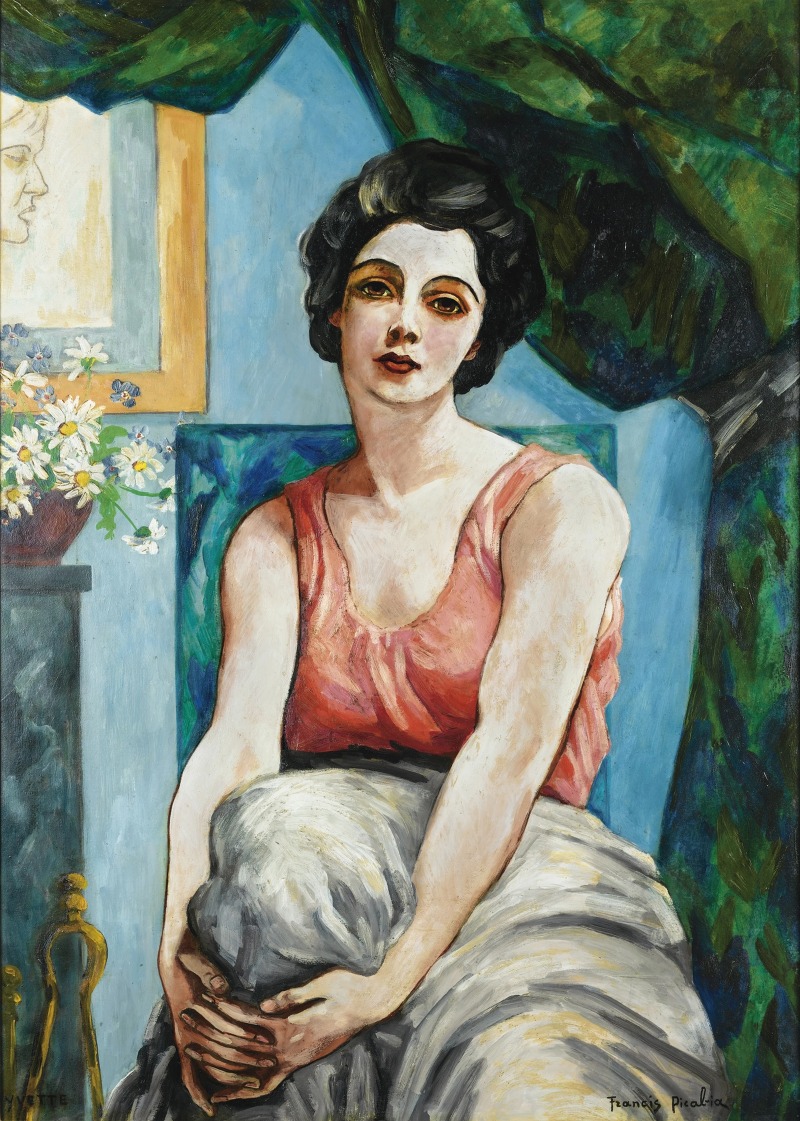
Portrait d’Yvette
A hand-painted replica of Francis Picabia’s masterpiece Portrait d’Yvette, meticulously crafted by professional artists to capture the true essence of the original. Each piece is created with museum-quality canvas and rare mineral pigments, carefully painted by experienced artists with delicate brushstrokes and rich, layered colors to perfectly recreate the texture of the original artwork. Unlike machine-printed reproductions, this hand-painted version brings the painting to life, infused with the artist’s emotions and skill in every stroke. Whether for personal collection or home decoration, it instantly elevates the artistic atmosphere of any space.
Francis Picabia was a French avant-garde painter, poet, and typographist, associated with a variety of artistic movements, including Impressionism, Cubism, Dada, and Surrealism. His work is known for its diversity and innovation, often challenging traditional artistic norms. One of his notable works is "Portrait d’Yvette," which reflects his unique approach to portraiture and his evolving artistic style.
"Portrait d’Yvette" is a painting that exemplifies Picabia's exploration of form and abstraction. While specific details about the painting's creation and its subject, Yvette, are limited, it is consistent with Picabia's broader body of work during the early 20th century. During this period, Picabia was experimenting with different styles and techniques, moving away from the Impressionist influences of his early career towards more abstract and conceptual forms of expression.
The painting likely dates from a time when Picabia was deeply involved with the Dada movement, which he helped to establish. Dada was characterized by its anti-establishment ethos and its embrace of absurdity and irrationality. Picabia's work during this time often incorporated mechanical and industrial motifs, reflecting his interest in the intersection of art and technology. However, "Portrait d’Yvette" may also exhibit elements of his later transition into Surrealism, where he began to explore more dreamlike and fantastical imagery.
Picabia's portraits are known for their departure from traditional representation. Instead of focusing on realistic depictions, he often used his subjects as a starting point for exploring abstract forms and ideas. This approach can be seen in "Portrait d’Yvette," where the emphasis is likely on capturing the essence or spirit of the subject rather than a literal likeness. This aligns with Picabia's belief that art should transcend mere imitation and instead provoke thought and emotion.
Throughout his career, Picabia was known for his willingness to defy conventions and explore new artistic territories. His work often blurred the lines between different art forms and movements, making it difficult to categorize. This fluidity is evident in "Portrait d’Yvette," which may incorporate elements from various styles Picabia engaged with, including Cubism's fragmented forms and Surrealism's dreamlike qualities.
While specific information about "Portrait d’Yvette" is scarce, the painting remains an important part of Picabia's oeuvre, reflecting his innovative spirit and his contribution to the development of modern art. Picabia's influence extends beyond his paintings, as he was also a prolific writer and editor, contributing to various Dada publications and manifestos. His work continues to be studied and celebrated for its boldness and originality, offering insight into the dynamic and transformative period of early 20th-century art.
In summary, "Portrait d’Yvette" by Francis Picabia is a testament to the artist's experimental approach and his role in shaping modern art. While specific details about the painting are limited, it embodies the themes and techniques that define Picabia's diverse and influential career.





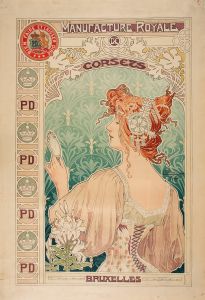
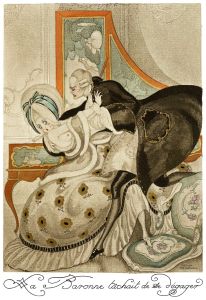
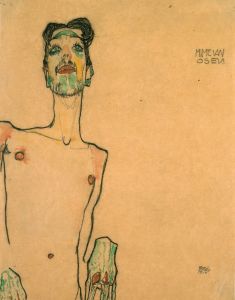
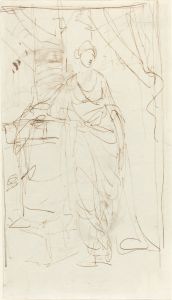
![Graphic design of nude female.] [Cubist composition drawing](/imgs/249427/s/winold-reiss-graphic-design-of-nude-female-cubist-composition-drawing-b6f17b02.jpg)
